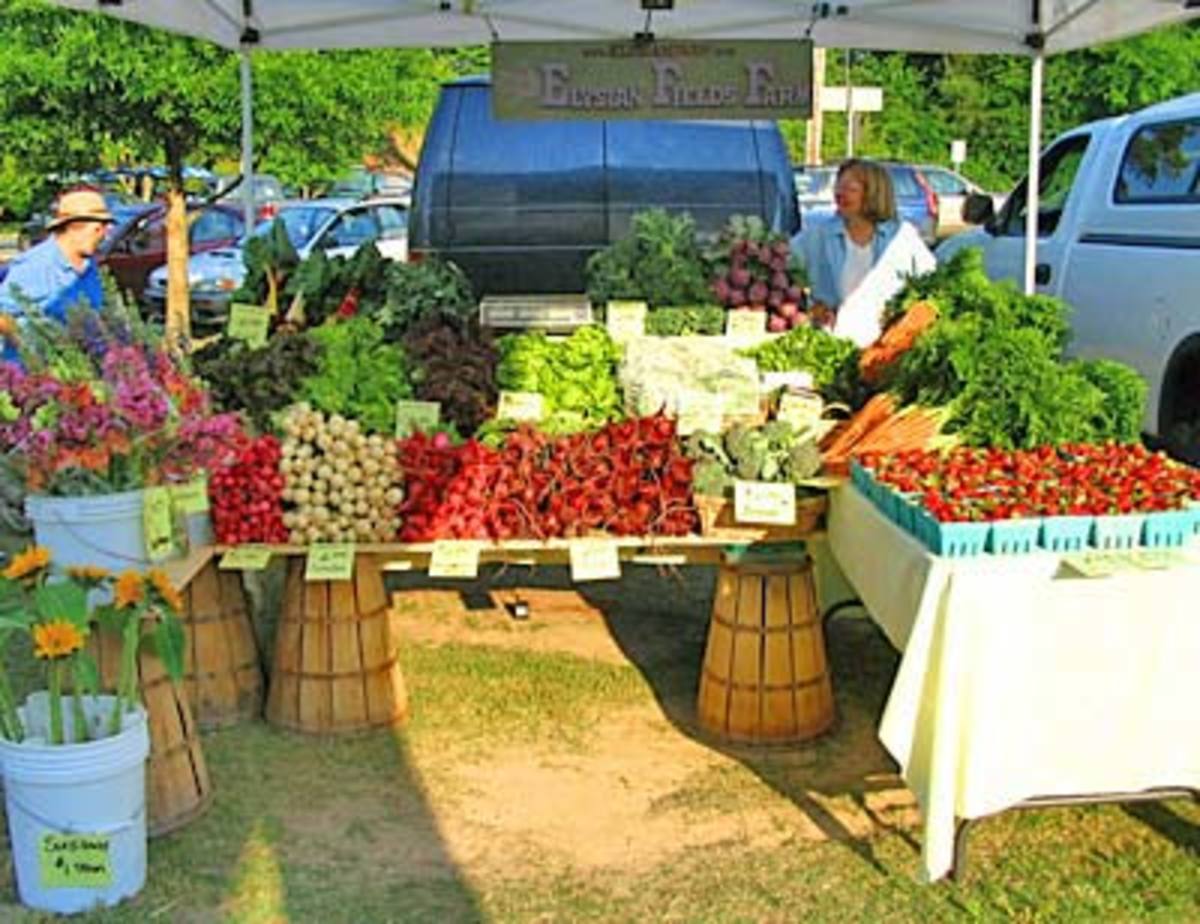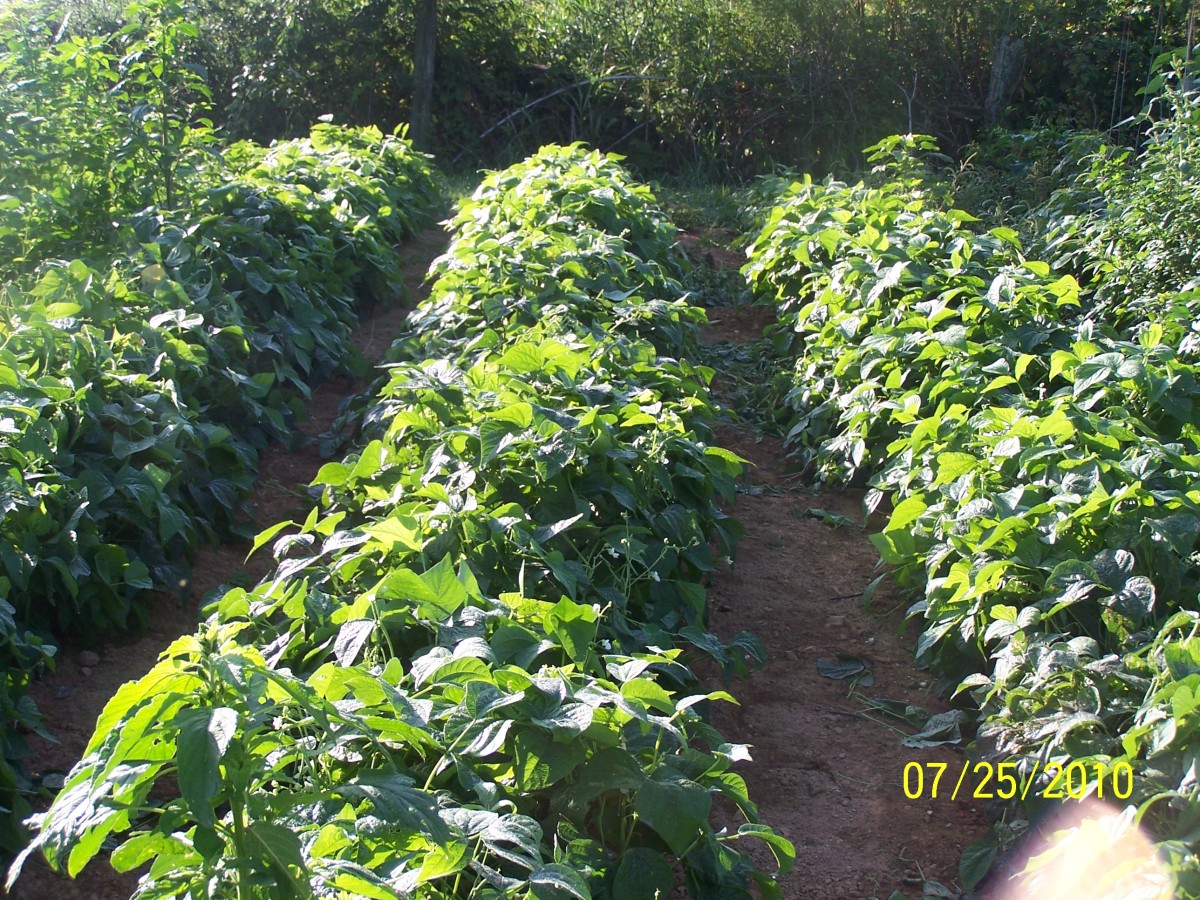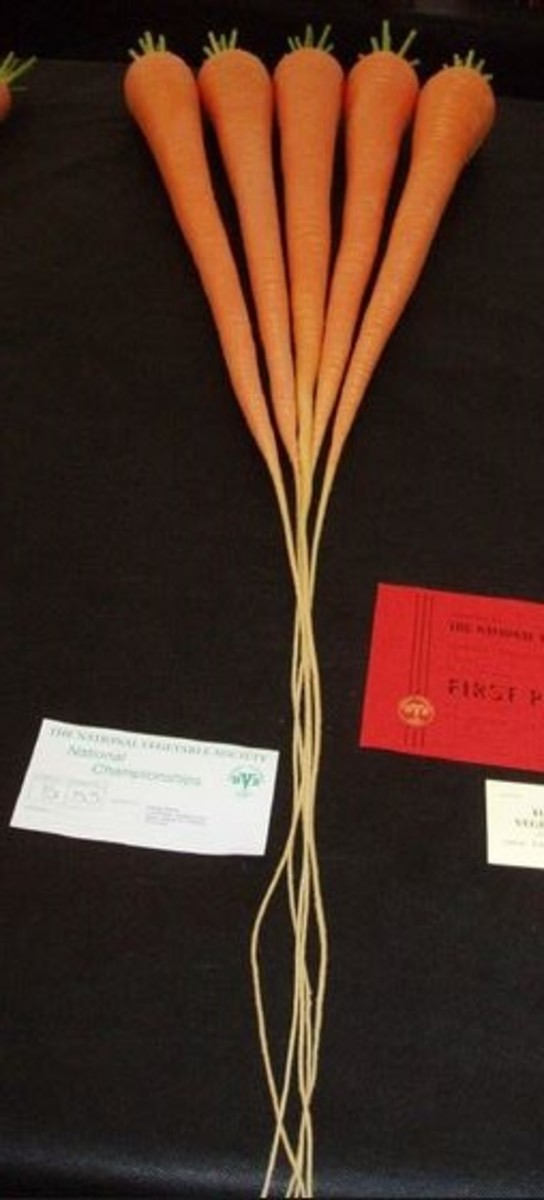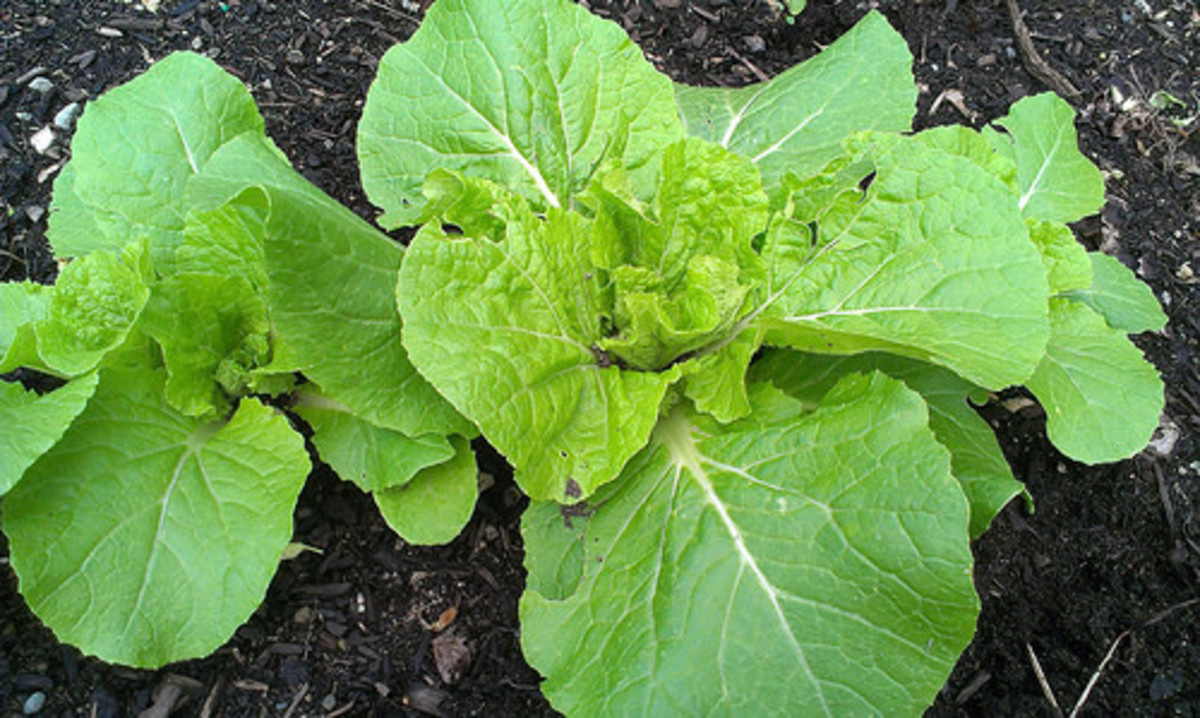Grow Vegetables at Home (Part 02) - Grow Vegetables for a Soup (Green Beans/Carrots/Potatoes/Tomatoes/Corn)

Introduction...
In part 1 of this hub, we covered the benefits of home gardening and how to prepare the soil for your vegetables. Now we will go over how to plant and take care of your vegetables. Maintaining a garden can be time consuming and difficult at times, but the benefits are well worth it. The best part is knowing exactly what is in your food. Store bought vegetables can contain food dyes, toxic pesticides, preservatives and additives. All of which can trigger serious health issues such as high blood pressure, hormonal deficiencies, heart disease, cancer, etc. Your home grown veggies are more nutritious, have a richer, fresh flavor, and can save you money in the long run. Approximately $50 in seeds and fertilizer can produce over $1,000 worth of groceries from a store!
Before starting your garden you want to be sure you have good growing conditions. The area you want to use needs to be exposed to direct sunlight for at least 6 hours a day. Too much shade from neighboring trees or buildings can prevent the vegetables from getting enough nutrients from the sun. It is also important to make sure you have good soil for your garden. Good, healthy soil is beneficial for excellent vegetables. Check out part 1 of this hub to review how to prepare your land and test the soil for nutrients.
Making your own compost is an excellent way to keep your garden healthy and is very easy. This hub will talk you through the simple steps to make the perfect compost for your garden.
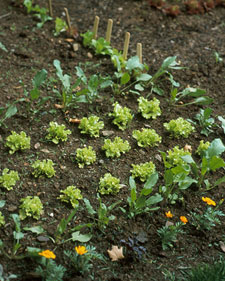
Once you have your land prepared, it will be time to get started! The best time to start planting is in the early spring and you can continue to plant and grow vegetables all throughout the summer. You can either purchase your seeds and start from scratch or pick up seedlings from a nursery to guarantee a good start. The choice is up to you. Most gardeners start off by growing their vegetables in a separate pot or on a windowsill to give them a good, healthy start before gently transferring them into their garden.
Let's start off with a few tips on growing some common vegetables:
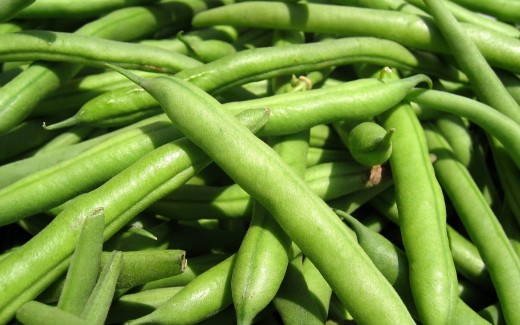

Green Beans
Green beans are not easy to transplant so it is recommended that you plant them straight into your garden. They can be planted a couple weeks after the last chilly days of winter. These can be planted close together in groups with about a foot of space between each group of seeds. Little poles should be inserted into the soil within these groups, too. They will provide support for the plant as it begins to grow. Inserting them now will prevent any root damage caused by inserting them later on. Tomato cages can also be used in place of the poles.
Green beans need to be watered often and even more so when the beans start to sprout. They will be ready for picking when the bean inside the pod is beginning to form. To prevent damage to the plant, don't pull off the beans. Simply clip them with gardening shears.
Plant supports may have to be used to support the vines, since it is important that beans do not touch the ground or else they will tend to go bad fast.
Vegetable Seeds
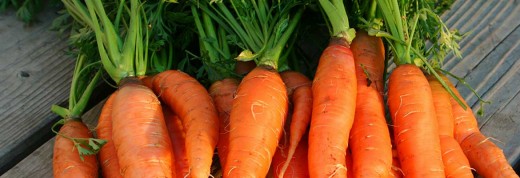
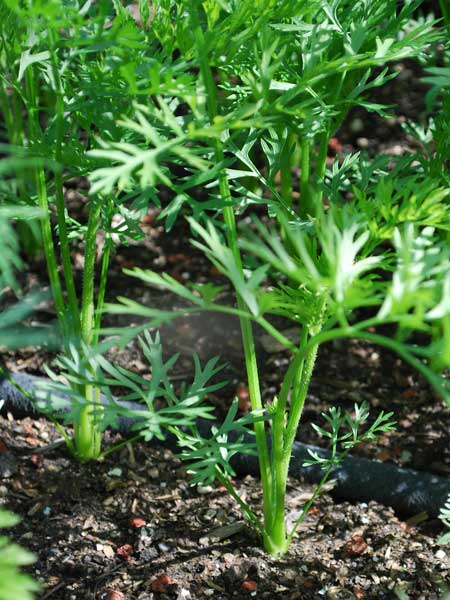
Carrots
Compost is perfect for growing carrots because they grow best in loose soil. Be sure your loose soil is about 12 inches deep to allow the carrots to grow easily. You can start planting them a few weeks before the last frost of the winter season. Carrot seeds are very small and difficult to handle so be gentle with them and plant them about a half inch into the soil in a line down your garden. It can take about two and a half months for a carrot to fully mature. Keep the soil moist while waiting for them to sprout and be careful not to wash away the seeds when you water them. When they are fully mature, water the soil and use a small garden shovel to loosen up the soil surrounding the carrot. Then you can simply pull them up, wash them off and enjoy!
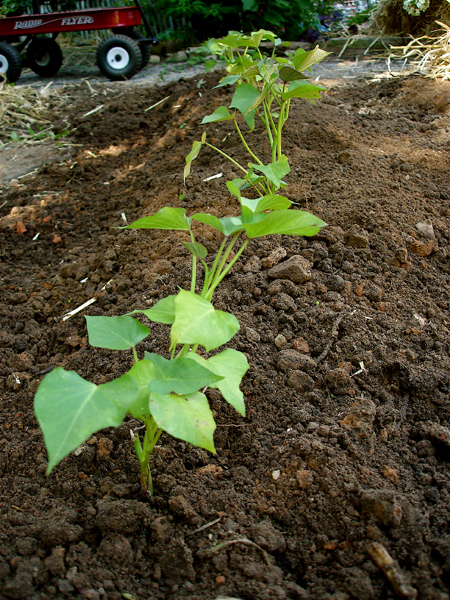
Potatoes
Potatoes are very easy to maintain and they grow at a fast pace. You can start growing them shortly after the last frost date. The first thing you want to do is buy “certified seed potatoes” and set them out in a warm spot for a few days until they start to grow “eyes” (see pic). You then want to cut the potato into small pieces, making sure there are 1-2 eyes on each piece. The eyes are where new potatoes will be growing from. After you have cut the potatoes, you will need to wait a couple days before you plant them in order for the cuts to “heal” and the potato to dry. Leave them in a closet or in a paper bag until the cut has a “scabby” feel to it. Then you'll be ready to plant.
Potatoes can grow in pretty much any type of soil as long as there aren't many rocks and it's not too hard. Start off by digging a type of “trench” about a foot to a foot and a half deep and about a foot wide. Plant the potato pieces with the cut side facing downward and the sprouting pieces facing upwards. They need plenty of space to grow so plant them about a foot apart and then cover them with 3-4 inches of soil. The more growing room you give your potatoes the bigger they will be. If you'd like, add a few inches of mulch over the soil to help protect your potatoes from insects and also to help keep the soil moist and cool. Keep them well watered and within 3 months, you will have perfect potatoes to harvest!
How to Plant Potatoes: Video Guide

Corn
Corn needs a lot of hot weather and sun to grow. Start planting them as soon as the last frost is over. If you live in an area that doesn't have a very long hot season, start the corn in a biodegradable pot and grow them indoors to avoid the frost and then plant them in your garden to finish growing in the sun. Corn needs an excess of nitrogen. Compost is ideal for providing nitrogen so be sure your garden is laid out with compost before planting. They will grow very tall and wide so they will need plenty of space. Plant about 3 seeds together approximately 2-3 feet apart. While watering, don't spray the plants from above and soak the leaves, this could wash away the pollen. Use a hose and water at the base of the plant.
Your corn should be mature after 90 days. You can test them to see if they're reading to harvest by pinching a kernel with your thumbnail. Peel back part of the husk and pinch one of the kernels. If a thick, milky liquid comes out, the ears of corn are perfect and ripe. If it's watery or runny, it's not ready yet. A dry kernel means it's past time to harvest.
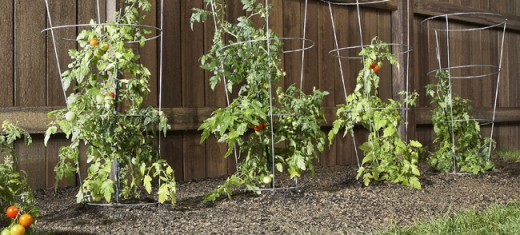
Tomato Plant Supporter
Tomatoes
Without a doubt, tomatoes are the most popular vegetable (or fruit, depending on who you're arguing with) to grow. You can buy small tomato plants at any nursery and begin planting them after the cold season is over, or you can buy seeds and start growing them indoors about 2 months before the final frost.
Tomatoes love plenty of sun and need soil that is rich in organic matter. Compost is perfect for this. Before transferring your plant to your garden, you must dig a hole about a foot deep and a foot wide. Fill the hole less than half full with compost and add some crushed eggshells to provide calcium. Gently move your plant to the hole and add more compost. Plant them deep in the ground to keep them sturdy (up to the bottom branches). Cover them with floating row covers to protect them when the temperature gets cold and also to keep away harmful insects. As your tomato plant grows taller, it will need extra support. A tomato cage or pole will be perfect to use. Water the plants regularly. They need about an inch of water per week but if the weather is extra warm, they will need more.
Soon you will have great looking tomatoes. They will be ready for harvesting when they get a nice, even color and a glossy look to them. Gently squeeze them to check for ripeness, they should be in between soft and firm.
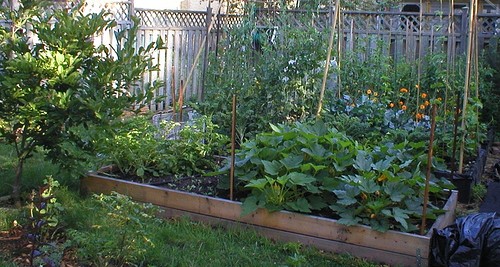
Protect your plants while increasing the yeild
Some important tips to maintain your vegetable plot
These are all the basics when planting some of the more common vegetables. There are still plenty of other things to consider and look into. For example, insects and diseases can harm your plants and make it difficult to maintain your garden. Research the different risks your plant may be in danger of and keep an eye out for any of the signs. Here are some tips to keep your garden protected from most insects and diseases:-Keep your garden protected with special garden covers to avoid most insects.
- Keep your garden free from weeds. Weeds overcrowd a garden and take away much needed nutrients. They can also attract harmful bugs.
- Keep your garden clear of any dead leaves or foliage. They can bring diseases in and infect your plants.
- Remove any dead leaves on your plants to prevent a disease from spreading.
- Plant certain flowers in your garden to attract good bugs. These good bugs can keep away the bad ones. The best flowers to plant for these good bugs are marigolds, black-eyed susans, daisies, and sunflowers.
Keep in mind you can plant your vegetables every couple of weeks throughout the season to maintain a steady supply. If you end up with too many, you can share them with friends, freeze them, or even can them! Enjoy your fresh, healthy veggies!
Thanks for reading this hub. Special thanks goes to Miss Jessica Dawn for guiding me through the entire hub. If you like this hub, rate, comment and share, and make sure to follow me for more helpful hubs.




